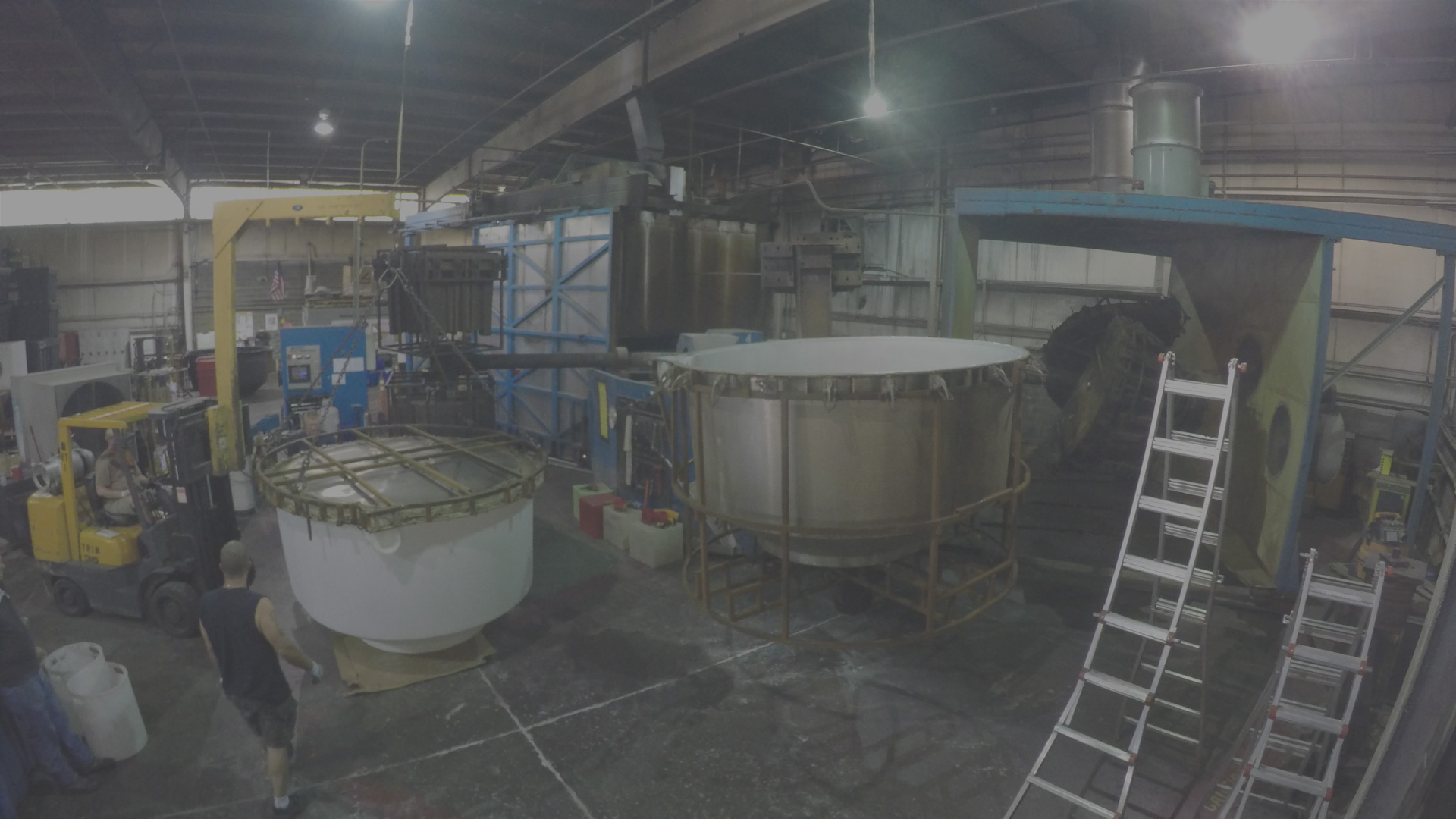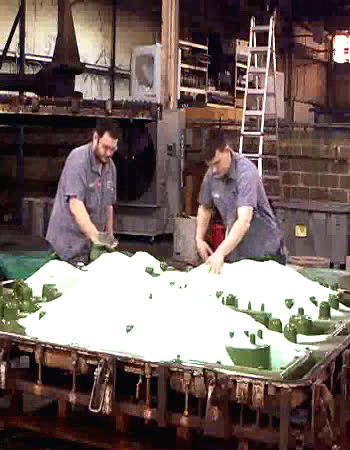Rotomolding, frequently called Rotomolding, is a very efficient production method applied to generate empty plastic items with standard wall depth and remarkable durability. This process is commonly used across industries including automotive, agriculture, structure, and customer goods. Their rising reputation is as a result of unique benefits it offers with regards to style mobility, manufacturing efficiency, and item performance.

Extraordinary Style Freedom
Among the standout great things about rotational molding may be the advanced of style freedom it provides. Unlike standard plastic molding methods, rotomolding allows makers to make complicated styles, various wall thicknesses, and incorporated features such as for instance grips, threads, and pockets without the necessity for secondary assembly. This level of flexibility is fantastic for custom-designed items or those requiring delicate detail. The ability to integrate multiple parts into a simple smooth bit also reduces the necessity for welding or joining elements, increasing equally power and aesthetics.
Cost-Effective Tooling and Generation
Rotational molding can be known for its economical tooling costs. The molds utilized in this process are normally created from metal and do not need high-pressure resistance, which significantly decreases the first investment. Moreover, the gradual, heat-driven procedure for rotomolding means that molds suffer less wear and split with time, extending their simplicity and keeping maintenance expenses low. This makes the process especially desirable for brief to medium generation runs or niche products.
Superior Durability and Architectural Integrity
Items manufactured through rotational molding are distinguished because of their power and resilience. The strategy assures an even circulation of material across all materials, removing weak areas and increasing impact resistance. Considering that the parts are molded as just one part, you will find no stitches or bones that may become points of failure. That makes rotationally carved services and products well suited for severe surroundings, outside use, and heavy-duty programs where reliability is essential.
Consistency and Quality Control
Rotational molding produces regular effects across manufacturing batches. As the plastic material is equally distributed during the turn process, the conclusion services and products keep standard wall depth and architectural stability. This uniformity plays a role in reliable efficiency and estimated outcomes, which are important in industries that demand strict quality standards.

Environmentally Pleasant and Low-Waste
From a sustainability perspective, rotational molding is just a low-waste process. Excess product from the form may often be reused, and the process it self doesn't count on dangerous compounds or generate substantial emissions. More over, the effectiveness of providing single-piece products decreases the necessity for extra components or energy for assembly. Many companies are also shifting toward using recyclable or biodegradable plastics within their rotomolding operations, more increasing environmentally friendly benefits.
Realization
Rotational molding presents a combination of affordability, style versatility, toughness, and environmental effectiveness that few different production functions can match. Whether providing small parts or large, tough containers, this approach remains to show it self as a reliable solution across different sectors. For suppliers seeking high-quality, custom plastic pieces with minimal waste and long-term price, rotational molding remains a top-tier choice.
